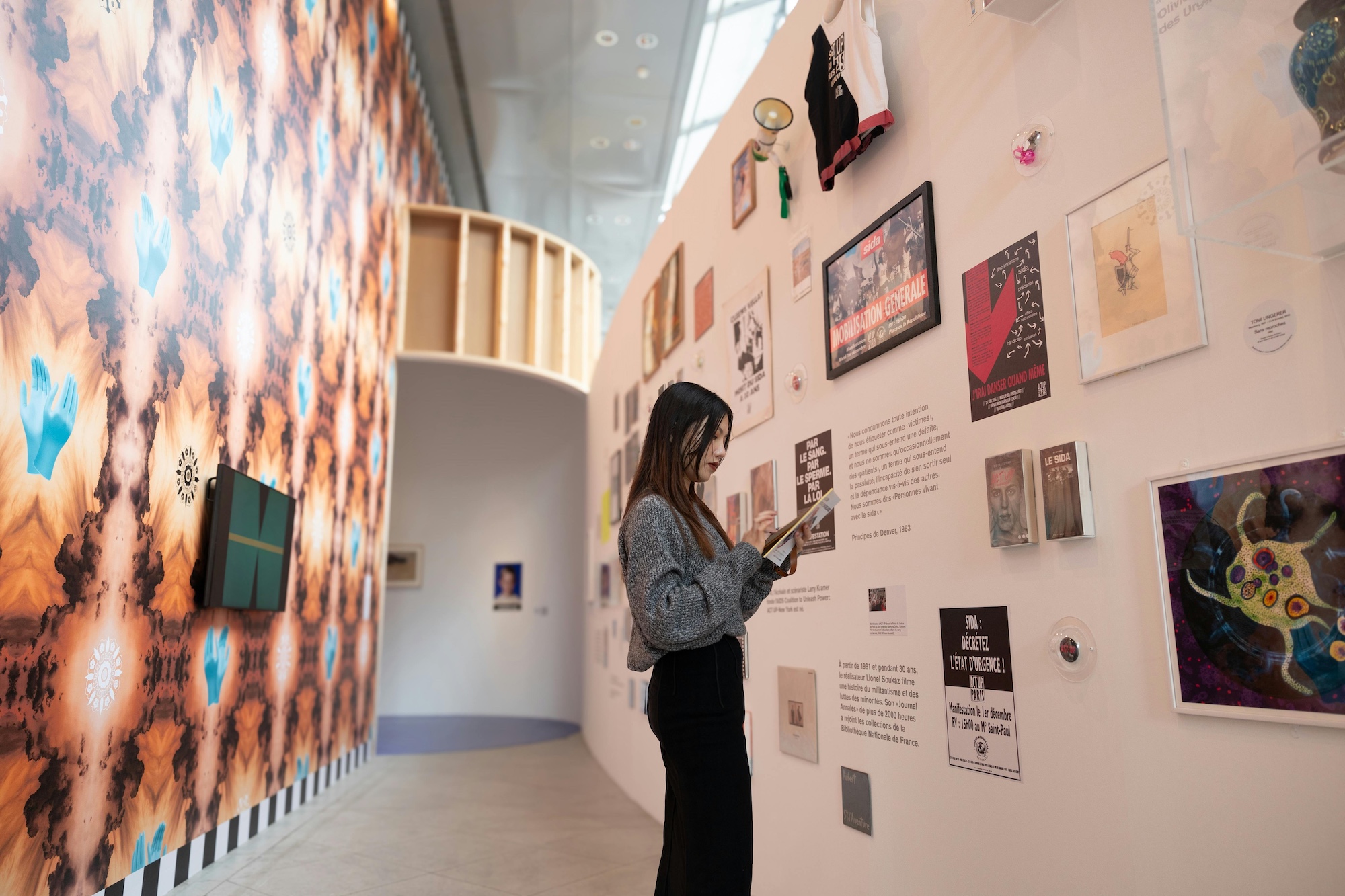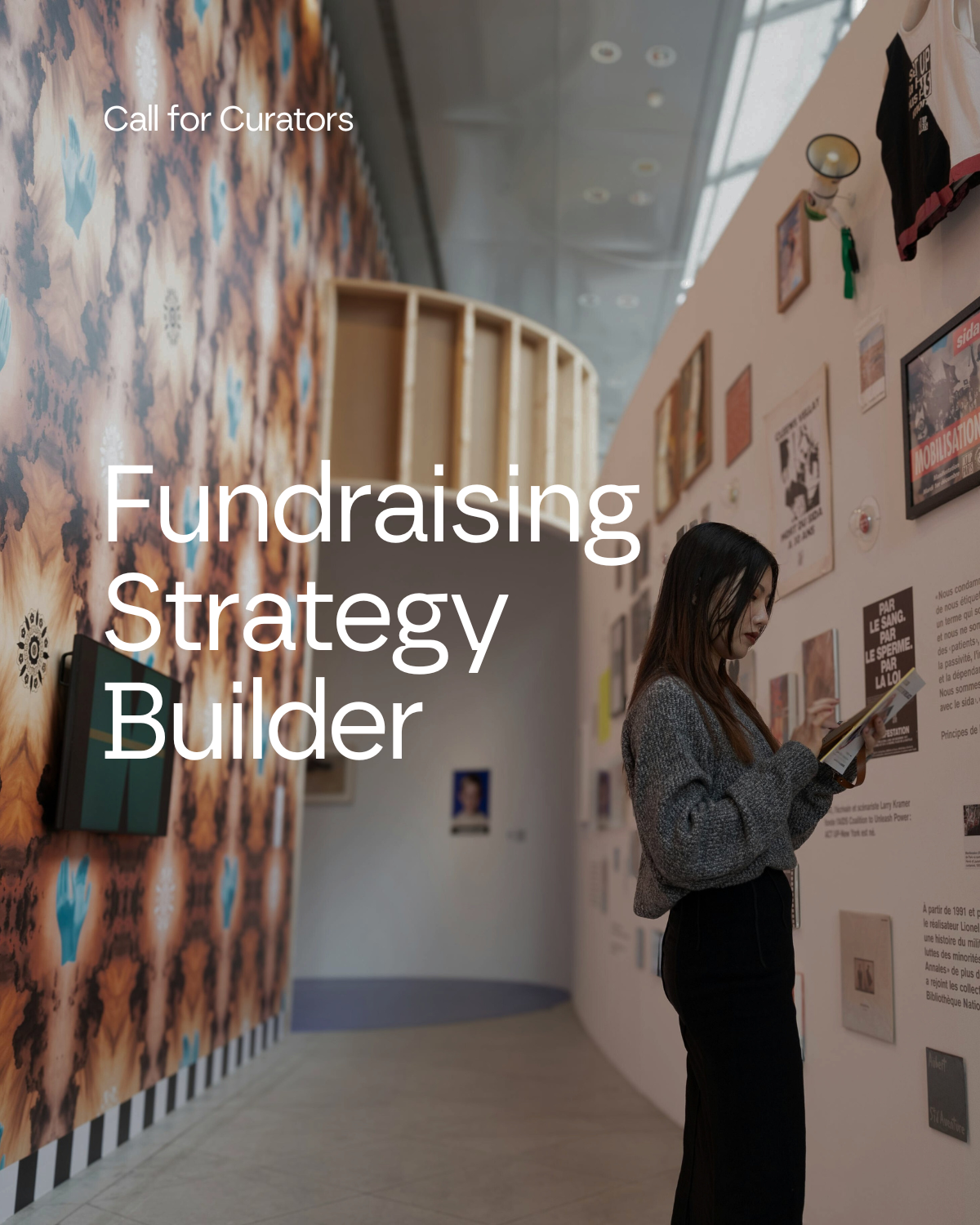
Effective Fundraising Techniques for Non-Profit Art Organizations
For non-profit art organizations navigating today’s cultural economy, effective fundraising is not a side task—it is foundational to survival and artistic freedom. With diminishing public subsidies and increasing pressure to diversify income, arts organizations must adopt multi-pronged, value-aligned fundraising strategies. The challenge is not simply to secure funds, but to do so without compromising curatorial autonomy or community accountability. Below are core pathways for generating support, from institutional funding to tech-enabled philanthropy, each with its own logic, tools and best practices.
Start with Funding: Public Grants and Strategic Applications
Institutional funding—whether from public bodies, foundations, or cultural councils—remains a cornerstone for many non-profit art organizations. But competition is high, and successful applications require more than filling in forms. Strategic alignment, strong articulation of impact, and clear budgeting are non-negotiable.
Look for funders whose priorities match your mission. In the UK, Arts Council England’s open funds offer support across artforms and regions. Similarly, organizations like Create focus on socially-engaged practices. Across Europe and beyond, transnational grants such as EU’s Creative Europe or Goethe-Institut funding may be available for collaborative or cross-border projects.
Key advice: Don’t only apply when funding is announced. Build relationships with funders, attend their events, and demonstrate that your work is part of a broader cultural ecology worth investing in.
Philanthropy Reimagined: From Major Gifts to Micro-Support
Philanthropy isn’t just for institutions with a development department. Whether through one-off donations, legacy gifts, or supporter circles, building a culture of giving within your community is crucial. But today’s philanthropy must move beyond extractive models and into modes of solidarity, transparency and shared investment.
Organizations like Arts Fundraising & Philanthropy provide training and tools for UK-based orgs to develop effective, ethical donor engagement strategies. Meanwhile, U.S.-based insights like those from Neon One and Orr Group highlight donor segmentation, storytelling and recognition as core to cultivating long-term supporters.
Key advice: Whether you’re working with major donors or encouraging small, recurring contributions, the core principle is the same: build trust, share impact, and treat giving as part of a mutual commitment.
Digital Giving: Tools That Empower Smaller Teams
For many grassroots or artist-run organizations, the digital realm opens up new forms of fundraising that are scalable and low-cost. Crowdfunding platforms, peer-to-peer donation tools, and CRM systems help democratize support, making it possible to raise funds from your extended community, even with a small team.
Resources like Spektrix and Donorly walk through how to build an integrated strategy that includes digital giving tools without losing the human touch. Personalized communication, artist involvement, and visual storytelling continue to make all the difference.
Key advice: Also consider hybrid approaches: a crowdfunding campaign tied to a public artwork, or an online event that doubles as a soft donor ask.
Creative Campaigns: Fundraising as Part of Programming
Fundraising doesn’t have to be separate from your artistic work. In fact, some of the most effective campaigns are the work. Consider hosting curated fundraising exhibitions, launching limited-edition artist multiples, or integrating supporter acknowledgments into your programs.
Platforms like Dark Yellow Dot encourage artist-led fundraising through events and commissions. The NoHo Arts District also suggests local partnerships, creative merchandise, and community-led programming as both fundraisers and engagement tools.
Key advice: This strategy is particularly effective for building grassroots support—transforming donors into co-conspirators and audiences into advocates.
Summary
Effective fundraising today is multi-modal, ethical, and deeply aligned with your organization’s values. Begin with strong funding applications rooted in impact and clarity. Reimagine philanthropy as a relationship, not a transaction. Use digital tools to expand reach without losing connection. And see your campaigns as part of your programming—not an interruption of it. The best fundraising practices aren’t only about money—they’re about community, longevity, and shared purpose.
Resources
- Artsadmins’ Fundraising Resources Directory – A comprehensive UK-based directory of funding bodies, strategic guides, and tools for independent artists and small arts organizations.
-
Arts Fundraising & Philanthropy – Offers professional development, tools, and sector-specific fundraising advice.
-
Lessons From The Arts – Orr Group – U.S.-based strategic insights inspired by cultural organizations.
-
11 Unique Fundraising Ideas for Arts Organizations – Neon One – Practical and creative ideas for all types of arts orgs.
-
Fundraising Ideas for Artists – Dark Yellow Dot – Artist-driven fundraising approaches applicable to grassroots orgs.
-
Donorly: Fundraising Strategy Guide – A beginner’s guide to developing a fundraising strategy.
-
Spektrix: Arts Fundraising Strategies – CRM-driven approaches to donor engagement.
-
Our Open Funds – Arts Council England – Current opportunities to apply for funding across artforms in the UK.
-
RAISE: Arts, Culture & Heritage – Chartered Institute of Fundraising – A UK-wide initiative building fundraising skills across the sector.
Are you a CFC Member? Download the full Fundraising Strategy Builder below.
Member Login Please sign in below if you are a returning Call for Curators member.
If you have not yet created your account, please register now and join free for a week. Cancel anytime.This content is restricted to members only.








